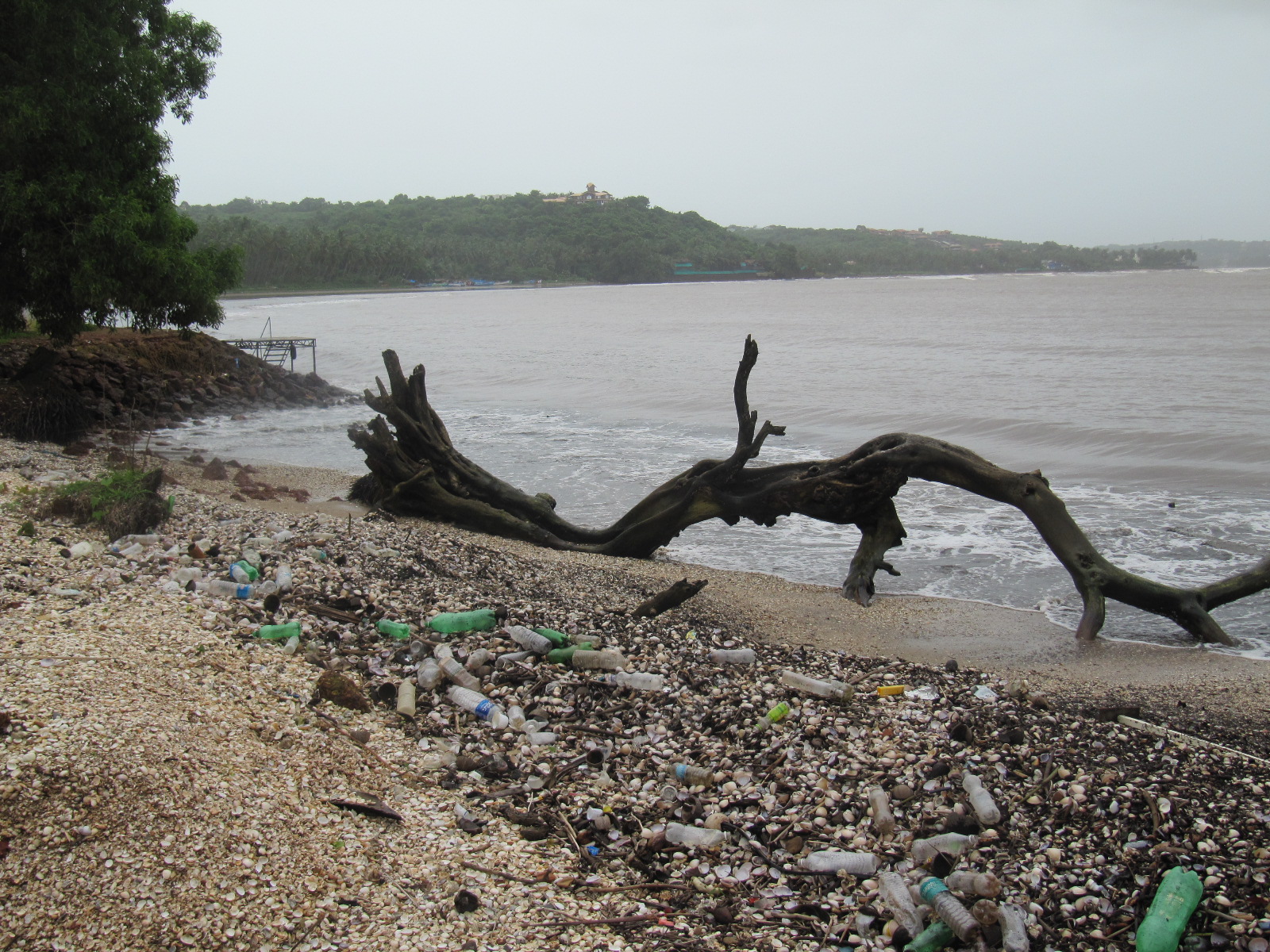Key points:
- New international framework launched to empower businesses, governments, and other organizations to measure, report on and manage food loss and waste
- An estimated one-third of all food is lost or wasted worldwide as it moves from where it is produced to where it is eaten, even as more than 800 million people are undernourished
- Food loss and waste globally costs up to $940 billion per year
- Food loss and waste generates about 8 percent of global greenhouse gas emissions. If it were a country, food loss and waste would be the third-largest greenhouse gas emitter behind China and the United States
A partnership of leading international organizations is launching the Food Loss and Waste Accounting and Reporting Standard at the Global Green Growth Forum (3GF) 2016 Summit in Copenhagen. The FLW Standard is the first-ever set of global definitions and reporting requirements for companies, countries and others to consistently and credibly measure, report on and manage food loss and waste. The standard comes as a growing number of governments, companies and other entities are making commitments to reduce food loss and waste.
...
The Food Loss and Waste Protocol is a multi-stakeholder partnership convened by World Resources Institute and initiated at the 3GF 2013 Summit. FLW Protocol partners include: The Consumer Goods Forum, Food and Agriculture Organization of the United Nations (FAO), EU-funded FUSIONS project, United Nations Environment Programme (UNEP), World Business Council for Sustainable Development (WBCSD), WRAP (The Waste and Resources Action Programme) and World Resources Institute.
...
Creating inventories in conformance with the FLW Standard is a critical foundation to develop effective strategies for reducing food loss and waste and monitor progress over time. Moreover, it can help governments and companies meet international commitments, including the Paris Agreement on climate change and UN Sustainable Development Goals (SDGs). In particular, SDG Target 12.3 calls for a 50 percent global reduction in food waste by 2030, along with reductions in food loss.
The FLW Standard will also help reduce food loss and waste within the private sector. In 2015, The Consumer Goods Forum, which represents more than 400 of the world’s largest retailers and manufacturers from 70 countries, adopted a resolution for its members to reduce food waste from their operations by 50 percent by 2025, with baselines and progress to be measured using the FLW Standard. Some leading companies, like Nestlé and Tesco, are already measuring and publicly reporting on their food loss and waste.
...
The Food Loss and Waste Protocol is a multi-stakeholder partnership convened by World Resources Institute and initiated at the 3GF 2013 Summit. FLW Protocol partners include: The Consumer Goods Forum, Food and Agriculture Organization of the United Nations (FAO), EU-funded FUSIONS project, United Nations Environment Programme (UNEP), World Business Council for Sustainable Development (WBCSD), WRAP (The Waste and Resources Action Programme) and World Resources Institute.
...
Creating inventories in conformance with the FLW Standard is a critical foundation to develop effective strategies for reducing food loss and waste and monitor progress over time. Moreover, it can help governments and companies meet international commitments, including the Paris Agreement on climate change and UN Sustainable Development Goals (SDGs). In particular, SDG Target 12.3 calls for a 50 percent global reduction in food waste by 2030, along with reductions in food loss.
The FLW Standard will also help reduce food loss and waste within the private sector. In 2015, The Consumer Goods Forum, which represents more than 400 of the world’s largest retailers and manufacturers from 70 countries, adopted a resolution for its members to reduce food waste from their operations by 50 percent by 2025, with baselines and progress to be measured using the FLW Standard. Some leading companies, like Nestlé and Tesco, are already measuring and publicly reporting on their food loss and waste.
In "4 Surprising Reasons to Measure and Reduce Food Loss and Waste" at http://tinyurl.com/zlnxp57 Brian Lipinski says the project can yield a suite of benefits:
1) Financial Gains
... Grocery retailer Stop and Shop/Giant Landover conducted an analysis of which products were spoiling on shelves, and saved an estimated $100 million after changing its purchasing decisions to eliminate products that were not selling. Other retailers like Tesco have generated additional sales and reduced their FLW by selling “imperfect produce.” The grocer sells bumpy or misshapen fruits or vegetables that are perfectly good to eat, but that other supermarkets typically throw away.... The charity WRAP, with financial support from the UK government, launched a consumer education program called Love Food Hate Waste. This campaign provides consumers with tips and resources on how to reduce FLW within their homes. Since its launch, consumers have saved 13 billion GBP (almost $19 billion).

